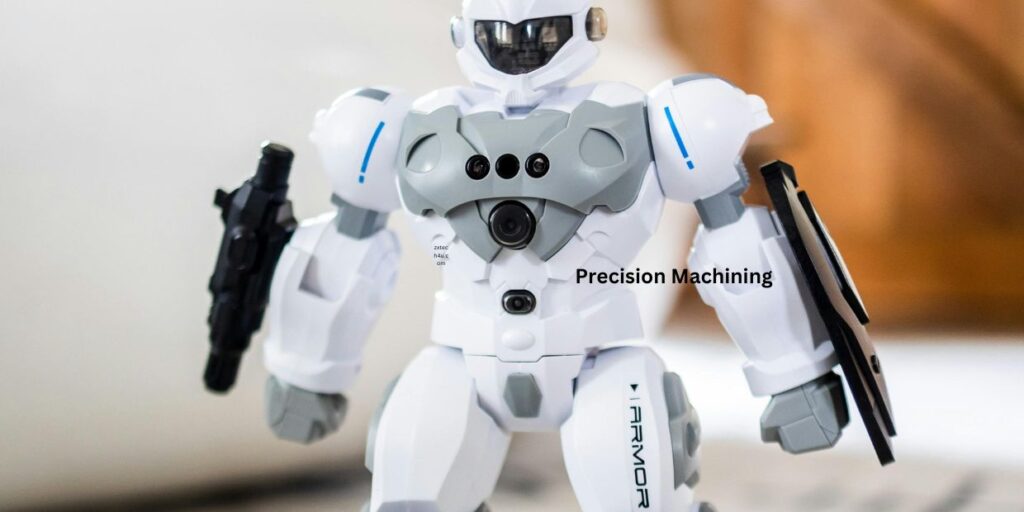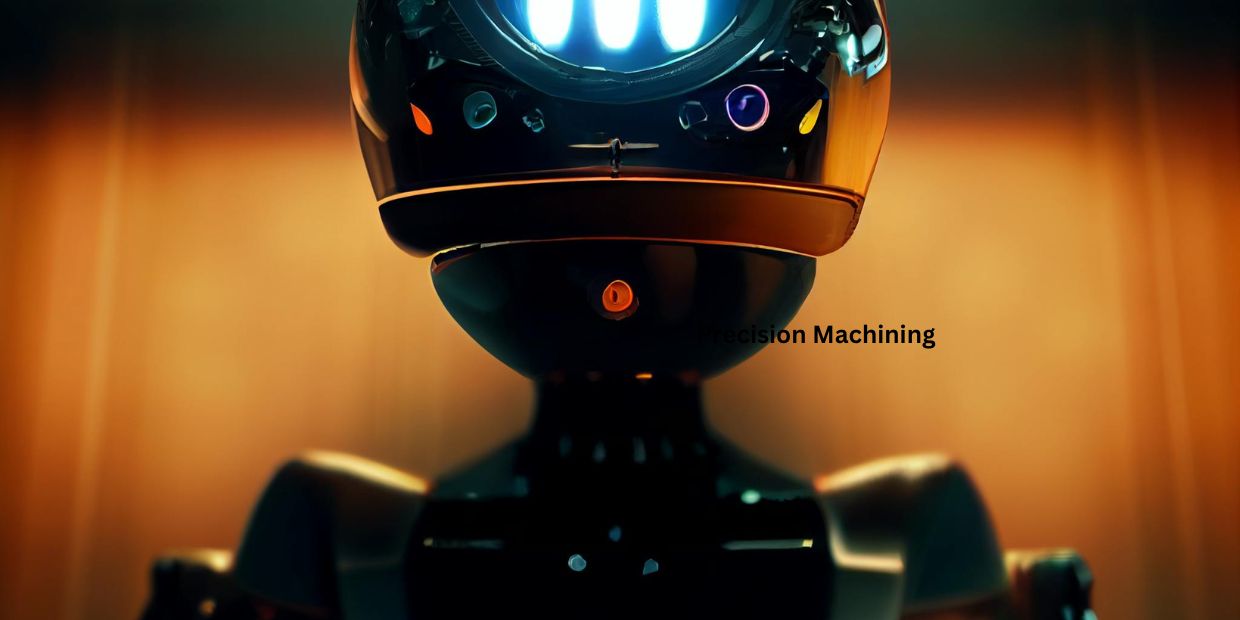Precision machining and assembly are two essential processes in the manufacturing of high-quality products for various industries.
what precision machining and assembly are why they are important and how they are done.
What Is Precision Machining?
It is a high-velocity machining process to make parts requiring tight tolerances high complexity or both.
It is a subtractive manufacturing process where the machine starts with a block and removes material from it with a cutting tool.
Some examples of precision machined parts are gears shafts valves pistons and implants.
What Is Assembly?
Assembly is the process of putting together different parts or components to form a complete product or system. Assembly can be done manually by human workers or automatically by machines or robots.
Also Read This: Linus Tech Tips Billet Labs Controversy
Assembly can involve various methods such as welding soldering bolting riveting gluing or snapping. Assembly can also require testing inspection and quality control to ensure the functionality and reliability of the final product.

Why Are Precision Machining And Assembly Important?
Precision machining and assembly are important for several reasons:
- They enable the production of high-quality products that meet the specifications and expectations of customers and end-users.
- They reduce the waste of materials and resources by minimizing errors and defects.
- They increase the efficiency and productivity of the manufacturing process by automating and optimizing the operations.
- They support the innovation and development of new products and technologies by enabling the creation of complex and intricate parts and systems.
How Are Precision Machining And Assembly Done?
Precision machining and assembly are done by following a series of steps:
- Design the Graphical Model: A graphical model is required to create any part or product. This is accomplished with the help of Computer-Aided Design (CAD) software. The CAD software enables the designer to create 2D and 3D models of any part or product for manufacturing.
- Program the Machine Tool: The graphical model is then converted into a set of instructions for the machine tool to follow. This is done with the help of Computer-Aided Manufacturing (CAM) software. The CAM software generates a code that tells the machine tool how to move cut and shape the material.
- Prepare the Material and the Machine Tool: The material and the machine tool are then prepared for the machining process. The material is selected based on the desired properties and characteristics of the part or product. The machine tool is set up with the appropriate cutting tool fixtures and parameters.
- Perform the Machining Process: The machining process is then performed by the machine tool following the code generated by the CAM software. The machine tool removes the material from the block creating the desired shape and size of the part or product.
- Inspect and Verify the Machined Part: The machined part is then inspected and verified for its quality and accuracy. This can be done with the help of various measuring instruments such as calipers micrometers gauges and scanners. The machined part is checked for its dimensions surface finish and defects.
- Repeat the Machining Process for Other Parts: The machining process is then repeated for other parts or components that are needed for the product or system. The same or different machine tools can be used depending on the requirements and specifications of each part or component.
- Perform the Assembly Process: The assembly process is then performed by putting together the machined parts or components. The assembly process can be done manually or automatically depending on the complexity and scale of the product or system. The assembly process can involve various methods such as welding soldering bolting riveting gluing or snapping.
- Test and Validate the Assembled Product: The assembled product is then tested and validated for its functionality and performance. This can be done with the help of various testing equipment such as sensors meters and simulators. The assembled product is checked for its operation durability and safety.
Conclusion
Precision machining and assembly are two vital processes in the manufacturing of high-quality products for various industries.
They involve the use of computer-controlled machine tools cutting tools and assembly methods to create parts and products that meet the specifications and expectations of customers and end-users.
They also enable the production of complex and intricate parts and products that support the innovation and development of new products and technologies.
For More Details: zxtech
What Are Some Examples Of precision Machining
Some examples of precision machining are:
Milling: This is a process of using a rotating cutting tool to remove material from a workpiece. The cutting tool can move along multiple axes to create various shapes and features on the workpiece.
Turning: This is a process of using a stationary cutting tool to remove material from a rotating workpiece. The cutting tool can move along one or two axes to create cylindrical or conical shapes on the workpiece.
Drilling: This is a process of using a rotating cutting tool to create holes in a workpiece. The cutting tool can move along one axis to penetrate the workpiece to a desired depth.
Tapping: This is a process of using a rotating cutting tool to create internal threads in a hole. The cutting tool has a helical shape that matches the desired thread profile.
Boring: This is a process of using a rotating cutting tool to enlarge or improve the accuracy of an existing hole. The cutting tool can move along one axis to remove material from the inner surface of the hole.
Electrical Discharge Machining (EDM): The sparks are generated by a controlled electric current between a cutting tool and the workpiece which are submerged in a dielectric fluid.
What Is The Difference Between Precision Machining And Conventional Machining
Precision machining and conventional machining are two types of machining processes that use different methods and equipment to remove material from a workpiece. The main difference between them is:
Precision machining is a type of machining process that uses computer-controlled machine tools for parts production. It is a high-velocity machining process that can make parts requiring tight tolerances high complexity or both.
Conventional machining is a type of machining process that involves the direct contact of tools and workpieces. It is a low-velocity machining process that can make parts with simple shapes and features.

